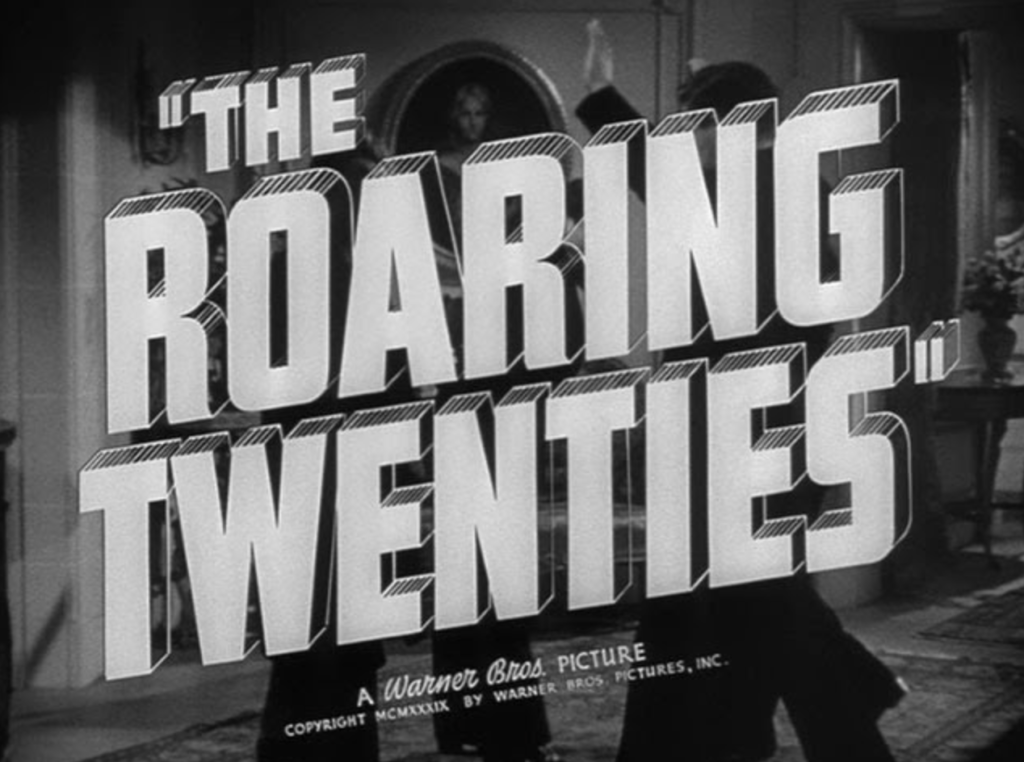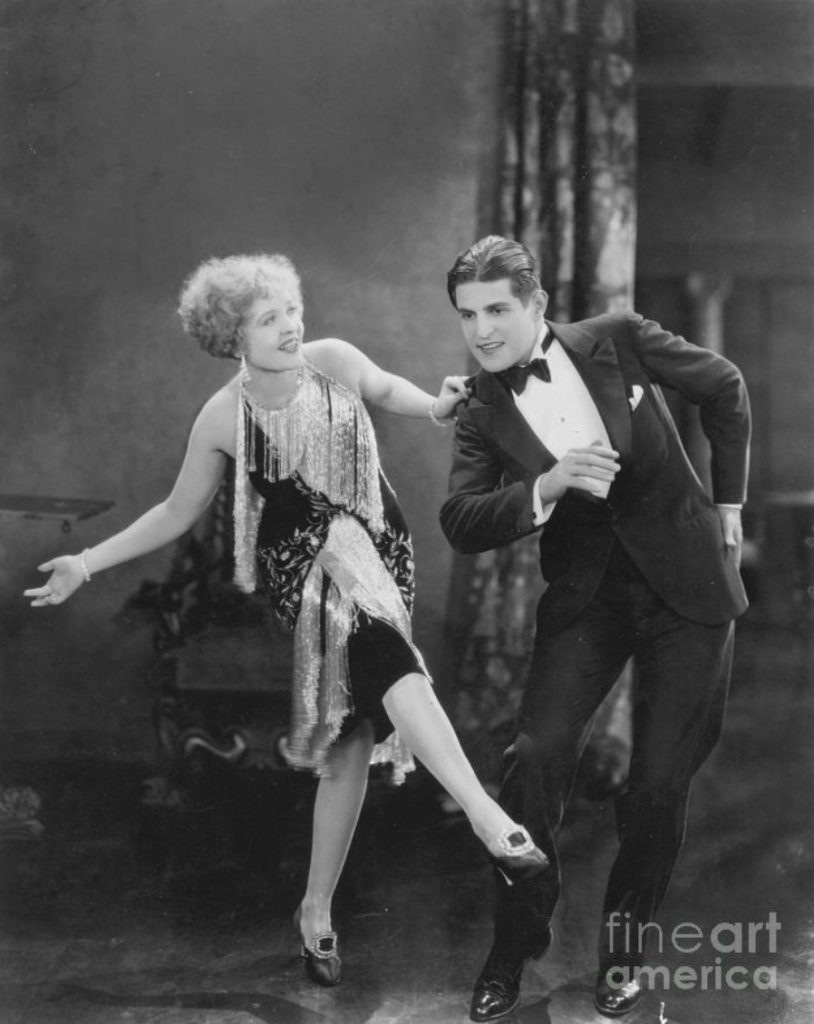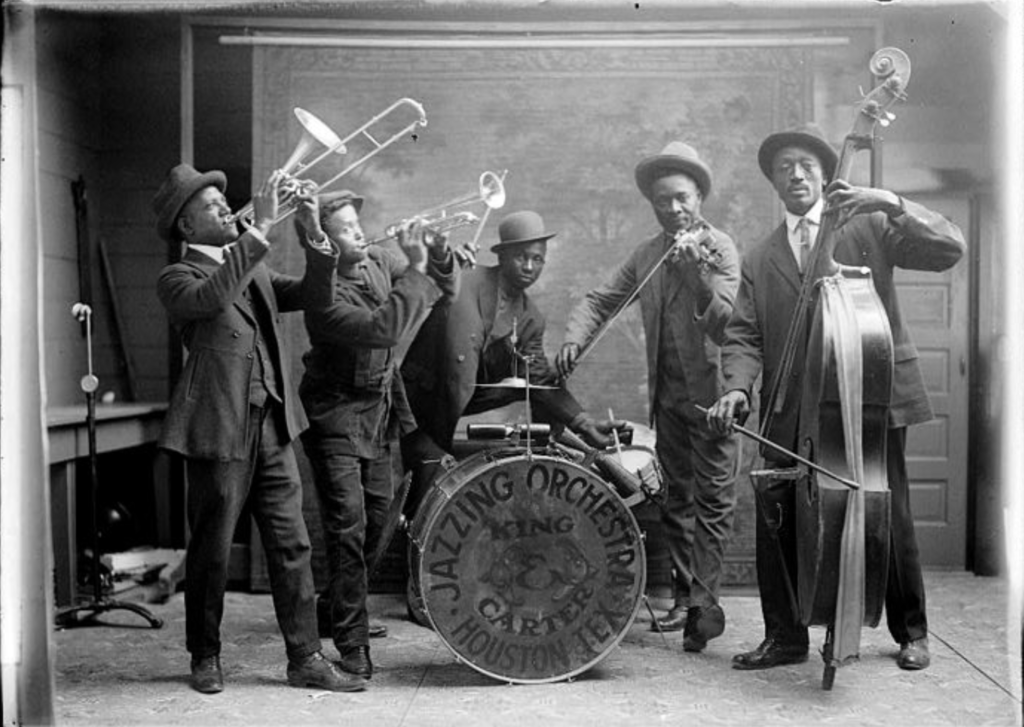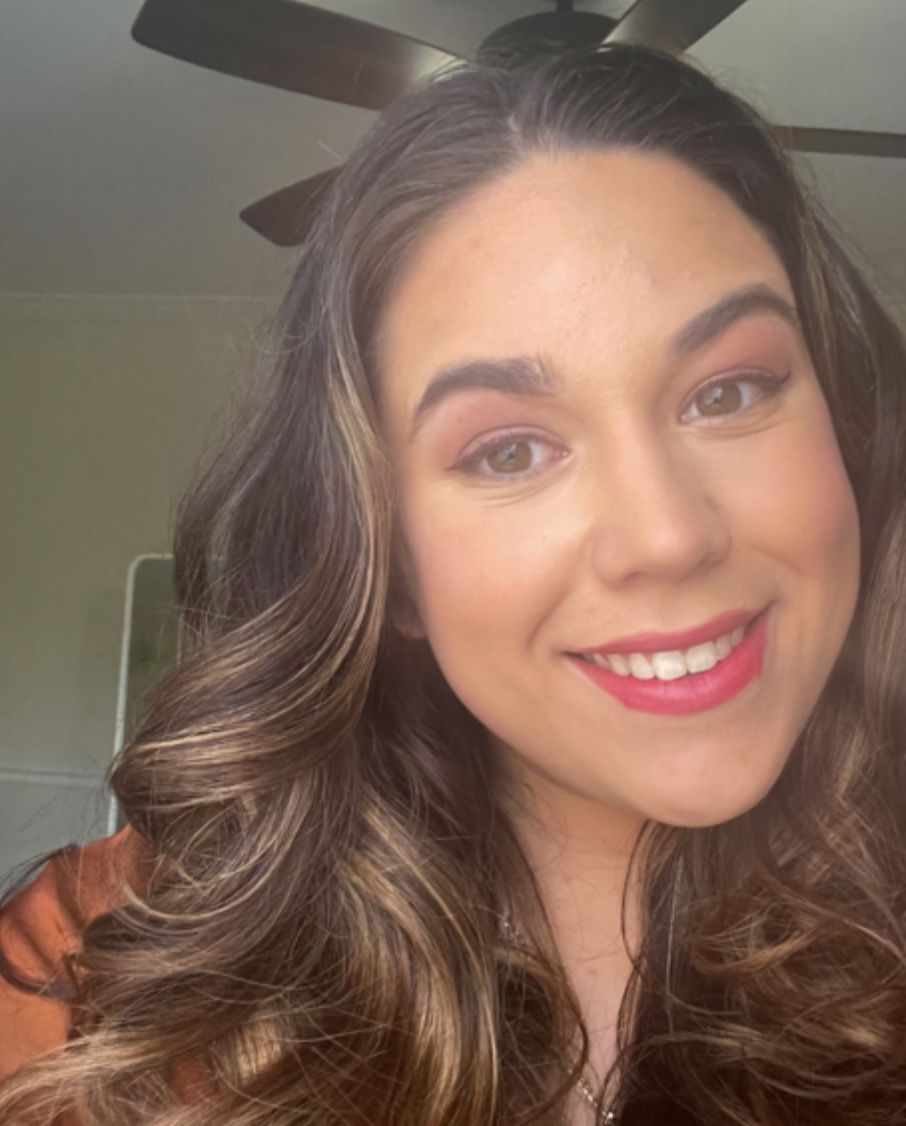
I do not know too much about the 1920’s such as specifics, however, I do know that it was currently referred to as the “Roaring Twenties” or the “Jazz Age.” Industrialization was increasing rapidly as there was a greater circulation of the production of steel and automobiles during this decade. Women that were referred to as “flappers” became a significant symbol of this era. The biggest event that took place during this era was the Constitution finally granting women the right to vote in 1920. Overall, this decade helped boost women’s rights. Most of my knowledge on this era stems from F. Scott Fitzgerald’s novel, “The Great Gatsby,” which portrayed the extremes of the 1920s illustrating large social gatherings and great wealth among many individuals that attended these parties.

At various events, a dance known as the Charleston, which is a highly energetic ballroom dance that is somewhat similar to swing dancing, the jive and the Lindy Hop became extremely popular. As someone who used to dance ballroom, it is easy to see why it was such a favorite. During the 1920s however, when it was becoming more popular, it was banned in many areas because it was supposedly too sexual for women to dance as their legs were visible during the twists and knee kicks.

As mentioned earlier, women that developed a style known as flappers emerged during this era. A woman that dressed as a flapper was one that was pushing the limits for women as a group, by wearing bolder makeup and more revealing outfits than what was typically expected from a woman. This illustrated the independence that women were yearning for, and was a way for women to break through the usual restrictions that were imposed on women.

Another common term used to refer to the 1920s was the Jazz Age. Jazz Bands began more prominently in heavily-populated areas such as New York City and Chicago Illinois. The increasing use of radios and phonograph records allowed for greater accessibility of the emerging genres of music, such as jazz to the general public. Jazz music is a combination of African and European music, which in the United States, seemed to have originated in New Orleans, Louisiana. In F. Scott Fitzgerald’s novel, “The Great Gatsby” the term the “Jazz Age” was coined, as it depicted many young socialites frequenting events that had dancing to Jazz Music.

Another important event of the 1920s was the Prohibition that was officially ratified by the Constitution in 1919. The eighteenth amendment of the Constitution banned the sale of liquors that were more than 0.5% alcohol. This did not completely halt liquor sales but rather caused many to sneak around and sell liquor through illegal speakeasies. These were typically run by mobs and gangsters such as Al Capone, an infamous Chicago gangster. Many supported this ban as drinking was an action that many did not support for both religious and cultural reasons. Drinking was seen as dirty and many blamed immigrants for being alcoholics and “dirtying” the city.
Resources:
History.com Editors. “The Roaring Twenties History.” History.com. A&E Television Networks, April 14, 2010. https://www.history.com/topics/roaring-twenties/roaring-twenties-history.

Angelina Farallo is a Law and Society Major at Ramapo College of New Jersey. Ever since she was in elementary school, history has always been her favorite subject. During her studies at Ramapo College, she has studied how the modernization of technology has affected various industries such as the law, and in this case history which is what drew her to take this Digital Humanities course.
